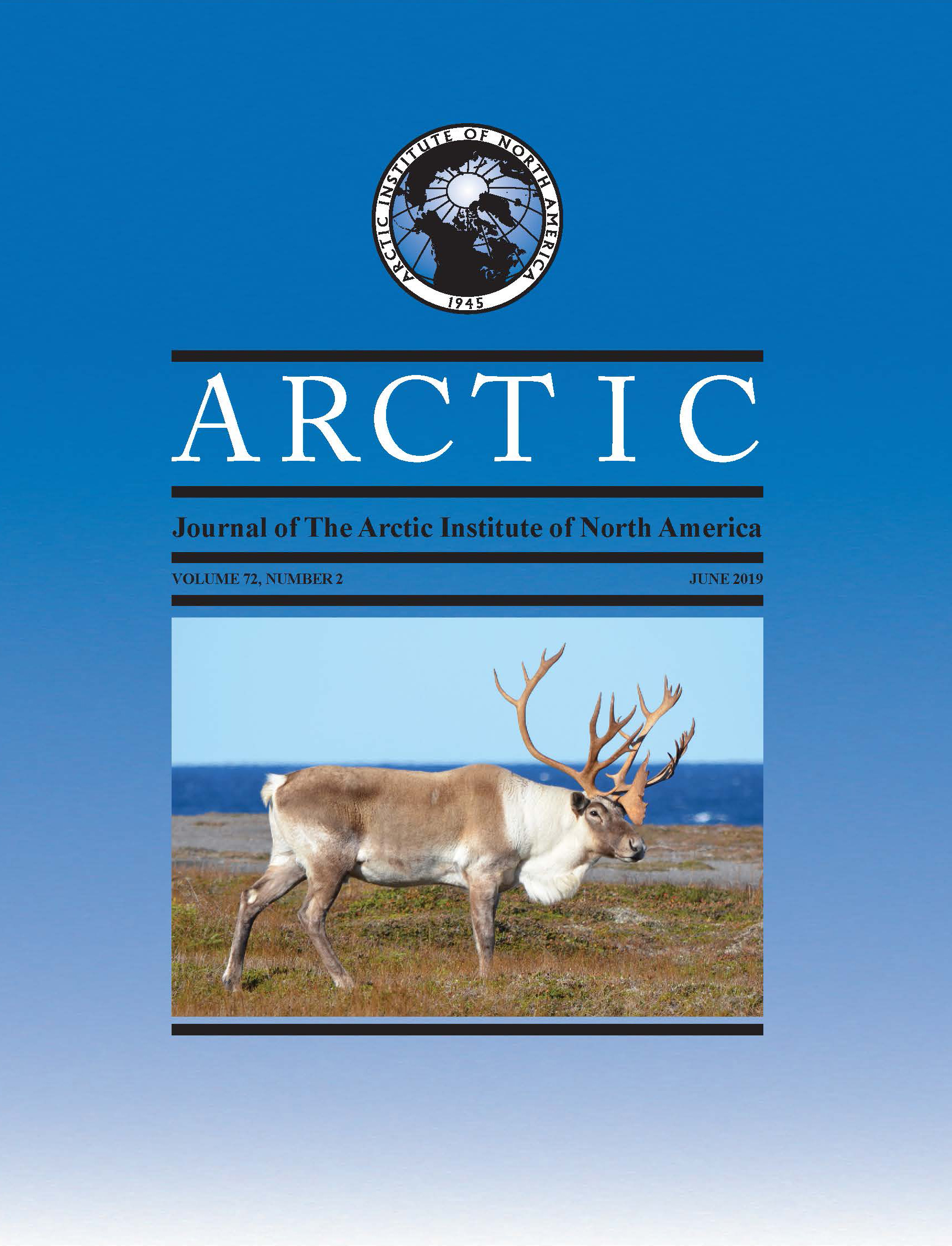A Review of Aircraft-Subsistence Harvester Conflict in Arctic Alaska
DOI :
https://doi.org/10.14430/arctic68228Mots-clés :
aéronef, Alaska, caribou, conflit, dimensions humaines, subsistanceRésumé
La récolte traditionnelle des ressources sauvages comporte d’importantes valeurs nutritionnelles, économiques et socioculturelles pour les résidents des milieux ruraux de l’Arctique, surtout pour les collectivités autochtones axées sur les récoltes de subsistance. Les collectivités rurales de l’Arctique alaskien s’inquiètent du fait que l’activité aérienne à caractère industriel, la chasse commerciale, la recherche et le tourisme perturbent la récolte de la faune, plus particulièrement le caribou (Rangifer tarandus). Cependant, peu de recherches ont été effectuées au sujet des incidences des aéronefs sur les possibilités de récoltes. Notre objectif consistait à évaluer l’étendue des connaissances scientifiques sur l’interaction entre les aéronefs et les récolteurs de l’Arctique en faisant le dépouillement systématique de la documentation disponible. Cela nous a permis de constater qu’il n’existe pas de publications révisées par des pairs au sujet du conflit entre les aéronefs et les récolteurs de la région. Certains documents abordaient les incidences des aéronefs sur les espèces de subsistance, mais ne déterminaient pas les effets de ces incidences sur les récolteurs de la région. La plupart des études portaient sur les incidences des aéronefs sur la faune ou les humains des secteurs urbains plutôt que des collectivités rurales de subsistance. Par conséquent, nous avons poussé notre dépouillement plus loin au point d’inclure la documentation parallèle (comme les dossiers publics, les documents gouvernementaux) afin de faire la synthèse de l’état actuel des préoccupations et des perceptions sur la perturbation causée par les aéronefs à l’égard des récolteurs de subsistance. La documentation parallèle nous a permis de découvrir que les frustrations des récolteurs concernaient principalement les aéronefs volant à basse altitude et les opérations qui ne sont pas locales. Toutefois, l’absence d’information quantitative sur l’étendue de l’interaction entre l’activité aérienne et les récolteurs nuit à l’évaluation objective du conflit. Pour atténuer ce conflit, il faudra faire des recherches visant à combler ce manque de données. Cela pourrait commencer par une meilleure coopération entre les collectivités rurales, les utilisateurs d’aéronefs et les preneurs de décisions.



